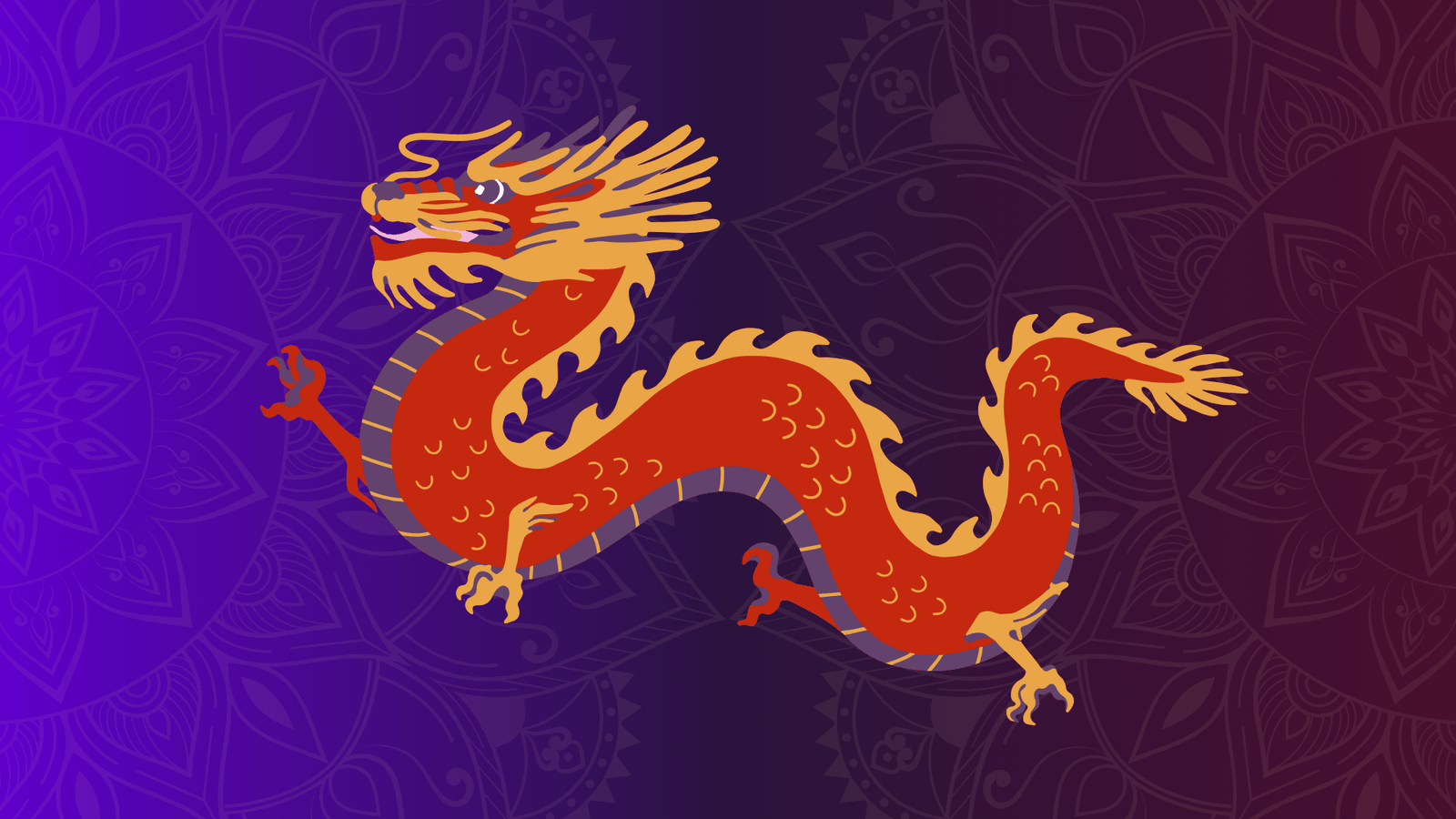Dragons Through Time: Fire, Ice, and the Legends That Endure
Dragons are known by many names across cultures, each carrying unique connotations.
- Draco (Latin): The root of the word “dragon,” evoking majesty and fear.
- Lung (Chinese): A symbol of wisdom and balance in Eastern traditions.
- Drache (German): Often tied to medieval tales of terror and heroism.
These names reflect the duality of dragons, both revered and feared.
Origins
The origins of dragon myths are as diverse as the cultures that tell their stories. Fossilized remains of large reptiles likely sparked early imaginations, while the fear of the unknown gave rise to tales of monstrous creatures.
- Asian dragons: Benevolent beings tied to water and prosperity.
- European dragons: Destructive, treasure-hoarding beasts defeated by heroes.
- Middle Eastern dragons: Embodiments of chaos, like the Babylonian Tiamat, a primordial sea serpent.
Symbolism
Dragons are deeply symbolic, embodying both awe and dread:
- Asian dragons: Represent harmony, wisdom, and the natural order.
- European dragons: Symbolize greed, chaos, and the ultimate challenge for heroes.
- Guardianship: Across cultures, dragons are often protectors of sacred treasures or forbidden knowledge, testing the worthiness of those who seek them.
Dragons in the Bible
Dragons appear in the Bible as metaphors for chaos and rebellion:
- Leviathan: Mentioned in Isaiah 27:1, this sea serpent symbolizes disorder and divine judgment.
- Revelation: The dragon represents Satan, embodying ultimate evil and defiance against divine order.
While Lucifer is often associated with dragons in Christian tradition, this connection is more rooted in folklore and symbolism than direct Biblical text. The imagery of the dragon amplifies themes of pride, rebellion, and forbidden power.
Why Do Dragons Breathe Fire or Ice?
The ability to breathe fire or in some cases, ice adds to the awe and fear surrounding dragons. This trait is deeply tied to their symbolic roles across cultures:
- Fire: In many European myths, fire-breathing dragons represent chaos and destruction. Fire is a primal force, both creative and destructive, which magnifies the dragon’s raw power. It also symbolizes the ultimate challenge for a hero, emphasizing their bravery in facing such a formidable enemy.
- Ice: Though less common, ice-breathing dragons are often tied to legends of frozen lands, such as the Norse mythology-inspired tales of frost dragons. Ice represents an equally deadly but contrasting power, cold, unyielding, and merciless.
In modern interpretations, fire or ice breath often reflects the dragon’s alignment or domain. For instance:
- Fire dragons might inhabit volcanic landscapes or symbolize rage and passion.
- Ice dragons, on the other hand, dwell in arctic realms, embodying resilience and silence.
These elemental traits make dragons even more extraordinary, reinforcing their legendary status in both folklore and fantasy.
Fun Facts
- Ancient maps marked uncharted territories with the phrase “Here be dragons,” warning of danger and mystery.
- The Komodo dragon, a real-life giant lizard, may have inspired dragon myths with its fearsome appearance.
- Dragons remain iconic in modern culture, from Smaug in The Hobbit to Drogon in Game of Thrones.
Cultural Depictions
- China: Dragons are benevolent creatures that control rain and rivers, celebrated in festivals like the Dragon Dance.
- Europe: Dragons are fearsome beasts, central to tales like St. George and the Dragon, symbolizing the triumph of good over evil.
- Norse mythology: Dragons like Níðhöggr gnaw at the roots of Yggdrasil, embodying decay and chaos.
Modern Interpretations
Dragons continue to captivate the imagination:
- Fantasy and literature: They represent wisdom, power, or challenges in epic tales.
- Esoteric practices: Mystics view dragons as symbols of transformation and spiritual growth.
- Pop culture: Dragons bridge ancient myths and contemporary storytelling, thriving in films, games, and books.
Dragons are timeless icons, embodying the duality of creation and destruction, wisdom and chaos. Their enduring presence in human culture speaks to our fascination with the unknown and the extraordinary.

